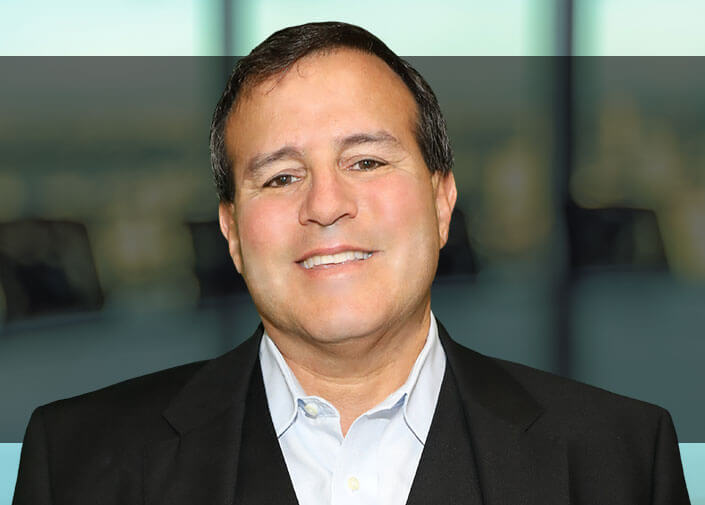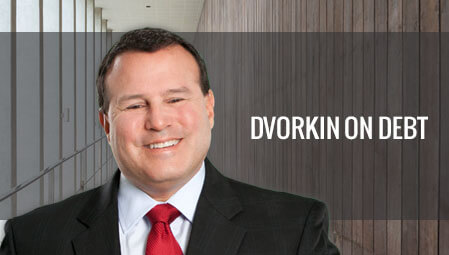A new high-end credit card picked the right time to make a name for itself – and force all other cards to innovate.
Who launches a new credit card during COVID-19? Very smart entrepreneurs, that’s who.
The X1 Credit Card is aimed at pandemic-proof customers. That’s obvious from its appearance (stainless steel instead of plastic) and its approval process (income level, not credit score). Before I dive into the details, however, let me reveal my bias: As a CPA and financial counselor, I’m skeptical of innovations that make Americans more addicted to their credit cards.
The X1 is certainly trying to do that – and doing such a good job, there’s a waiting list to get one. Business Insider reported last week, “More than 75,000 people signed up in the first 24 hours from the card’s unveiling.”
Worth the wait?
Here’s what those people are waiting for: a card with both basic and high-tech perks. The five everyone are talking about:
- None of the typical, costly fees. There’s no annual fee (which isn’t rare feature these days) and no foreign transaction fee (which charges you extra for charging overseas), but best of all, there’s no late fee (which almost every card has).
- Temporary virtual cards. Like every other card, the X1 has an account number. Yet it allows you to spin off other numbers that will automatically expire. What good is that? Imagine signing up for discounted trial offers for everything from magazine subscriptions to meal kits. Instead of being hit with an automatic enrollment when the trial period is over, you’ve automatically cut them off at the pass – and because the number is no longer working, there’s nothing they can do about it.
- Simple subscription cancellation. If you do have lots of annual or monthly subscriptions, you can opt out with one click. No more filling out forms and clicking through websites.
- Easy and lucrative points. Whatever you buy, you receive two points per dollar. If you top $15,000 a year – that’s $1,250 a month – you earn three points.
- Much higher credit limits. Credit cards base your credit limit on your credit score. Not the X1. It uses your annual income. So the X1 claims credit limits can be five times higher for many people, although they’re vague on the math. But the bottom line is: If your bottom line is high, so is your limit.
As the founder of several companies that have helped people in three countries get out of debt, I look at most of these perks as problems – even as I admire the business model and the marketing campaign.
Reason for the season
If you’re going to launch a marketing campaign during a pandemic, you need to point better times ahead. The X1 does just that. For starters, you can’t get one right now. You need to sign up on the waiting list and wait till later this year.
When? The X1 website doesn’t exactly say. I’m guessing that’s on purpose, so you don’t compare the date to when a vaccine might come out, or anything else to do with COVID-19. At this moment, the X1 is all about better times ahead.
The card itself is about literally feeling better – the X1 wants you to think about grasping a stainless steel credit card so badly, the website even has a sound effect you can click to see and hear the card plunk on a table.
Then, of course, there’s the psychological principle that luxury items are coveted during trying times. Well-off Americans usually weather recessions and tragedies better than those living paycheck to paycheck, but it’s also the case that luxuries are wonderful distractions.
Thus, the X1 is the right card for the wrong times. It’s also the wrong card for most Americans.
The problem and the solution
One facet of the X1 isn’t very much different from any other card: The interest rates can approach 20 percent. Regardless of the technology, it’s still a credit card. If it encourages American to whip out their stainless steel a little more often, then that’s a little more debt they’ll likely never recover from – especially as the pandemic economy is slow to rebound.
Yet I’m also impressed.
If the X1 is successful, I expect other cards will ditch more fees, offer more technology, and streamline confusing and unnecessarily complex rewards programs. Since the X1 is striving to become a must-have card, that high profile will nudge lesser-profile cards to duplicate its perks if they want to keep their customers.
If that happens, I’ll be happy. However, I’ll be disappointed if the X1 drives more Americans into debt because it looks so cool to do so.








